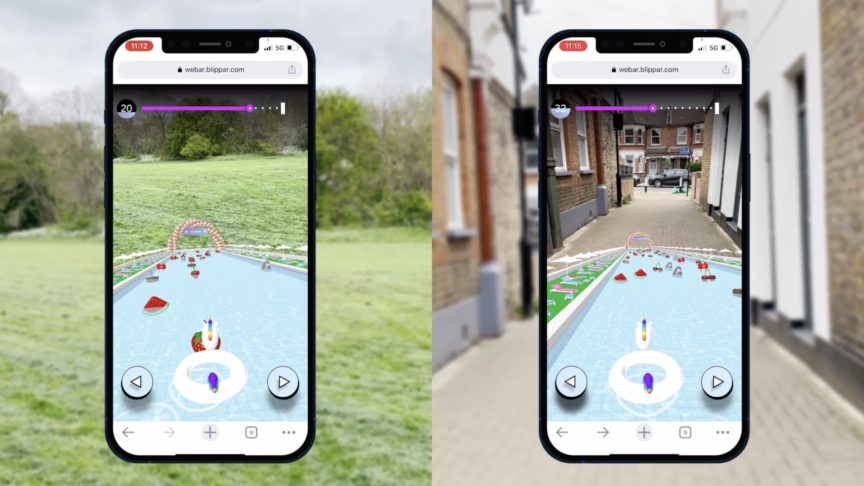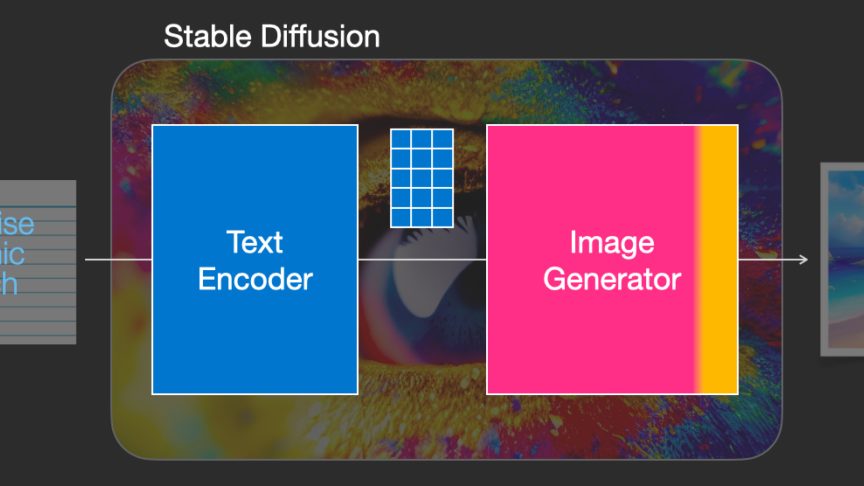Technology journalist, writer, and self-proclaimed AR lover, Lily Snyder, shares her experiences of easily creating AR with Blippar.
It's one thing to read about the Metaverse, avatars, and virtual worlds, where anything goes; it's another thing to create these experiences yourself.
I first heard of Blippar in 2018. I was preparing for a keynote about virtual and augmented reality from companies outside of Silicon Valley. I called up Annie Eaton, who ran a VR company out of Atlanta, GA. We kept running into each other at events like Atlanta's VR Day and Full Sail University in Orlando, FL. I asked Annie if she had any examples of AR for business.
She told me about a campaign she'd built for Dixie cups. Kids could scan the Dixie packaging with their phones, bringing the imagery on pack to life. The goal was to encourage kids to brush their teeth for the recommended two minutes by providing additional stimulation to the experience.
Annie told me the platform she'd used to build the AR experience was Blippbuilder, Blippar's no-code, web-based tool. I went out and bought a packet of Dixie cups and after bringing the planets to life myself, watching them blast off in my kitchen, I was hooked and had to try making my own AR experience.
Augmented reality builder for anyone
I love technology and building things. The only problem is - I'm not a developer. The HTML I learned in high school didn't help me ace my computer science classes in college. I tried my hand at SQL reports, but it quickly became apparent that programming was not my strong suit.
I still loved building on the internet, so was drawn to sites like WordPress and Webflow. When I co-founded a VR company, I wanted to create my own VR experiences, but after downloading Unity, I realized I was going to have to wait for "VR builders for dummies".
That's what made me so excited about Blippar; using Blippbuilder, I could build my own augmented reality! Sure, there was a learning curve. Building for a 3D space was different than a flat screen. But within an hour of signing up, I'd made an example AR experience for my keynote address. After that, I turned my business card into a marker for an augmented reality experience. Scan my card, and up pops a link to my LinkedIn.
Fast forward four years and the landscape has changed.
It feels as though everyone is talking about the Metaverse and avatars. But the landscapes that we are repeatedly seeing presented in the media and by the likes of Meta and Roblox, are gaming environments - they're isolated digital worlds, as opposed to a blended, layering of information and visuals onto the physical.
I wanted to bring my avatar - MetaLily - into the physical world, not just into a specific digital environment, and so, I turned to Blippar - specifically the Blippbuilder platform.
I went to my Ready Player Me profile, selected my avatar, and downloaded her as .glb file. From there, I logged into my Blippbuilder profile, started a new SLAM project, and uploaded her into the scene. Blippbuilder has pre-made motions, enabling you to animate objects and dictate precise actions. I then built out the experience further, creating an environment around my avatar.
As is the case for all projects created using Blippbuilder, once you're happy with the experience, you can publish straight to web. This means that you can share the experience with friends, family and across any social media platform of your choosing.
Last week, I experienced the flip side of this; I was scrolling through LinkedIn and encountered a post promoting 14 Hands' new Unicorn Rosé experience created with Blippar. The web AR game was two-player, something I didn't realise was possible. I sent the link to my friend, and within a minute, we were battling head-to-head from opposite ends of the country, but in real-time and with our own environments in view.
This type of builder and functionality is what I believe we need to make AR creation go mainstream. I've seen what no-code platforms have done for people who make websites, mobile apps, and games - this is undeniably the next logical step, which will allow anyone to build content for Web3 and the Metaverse.
We live in a creator economy. We also live in a world where the boundaries between what's digital and what's IRL are blended more than ever. Augmented reality can enrich our world. It's tools like Blippbuilder that will democratize the industry because, with it, anyone can be an augmented reality creator, and AR really is for everyone.


